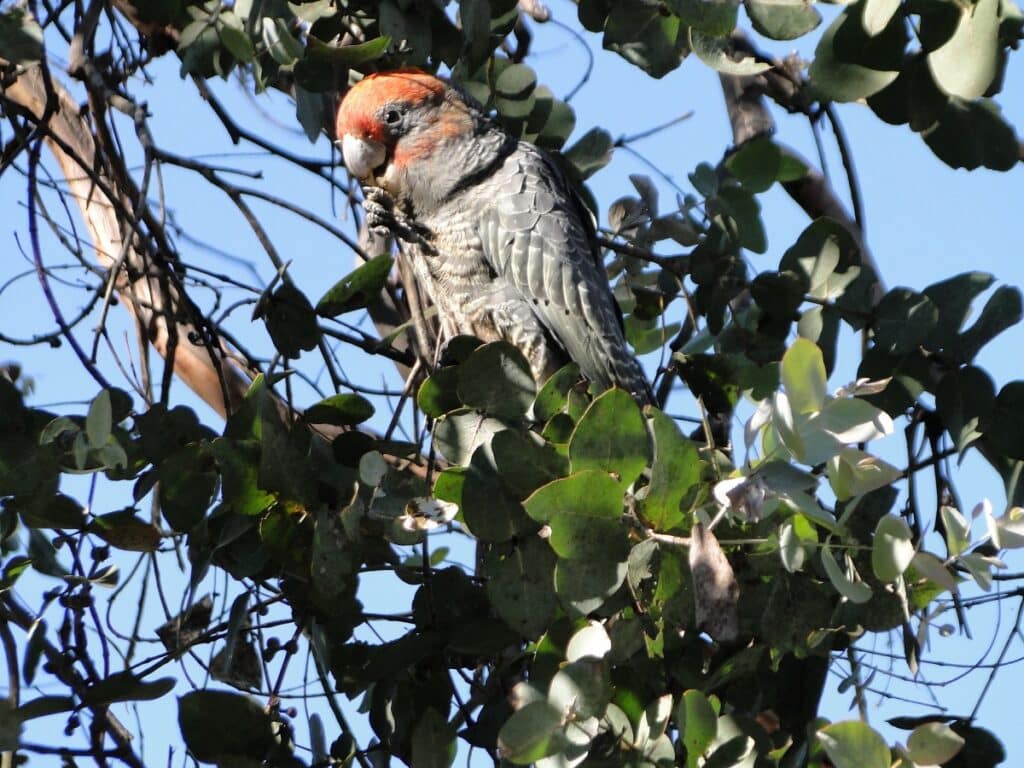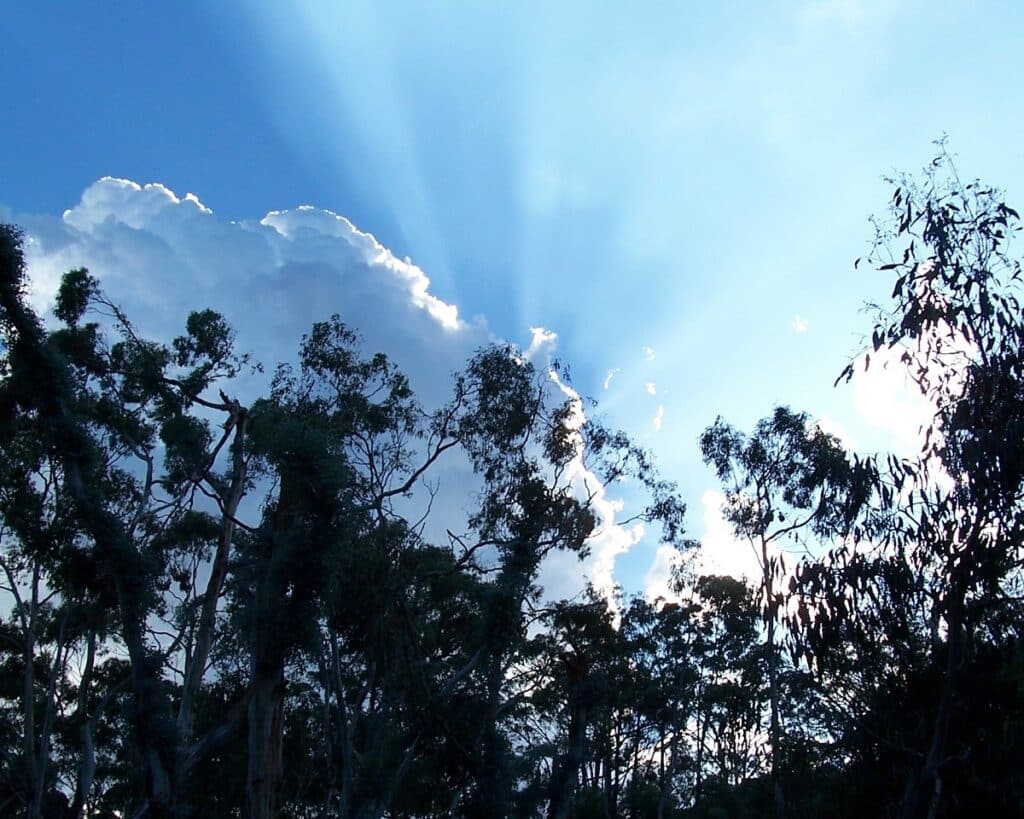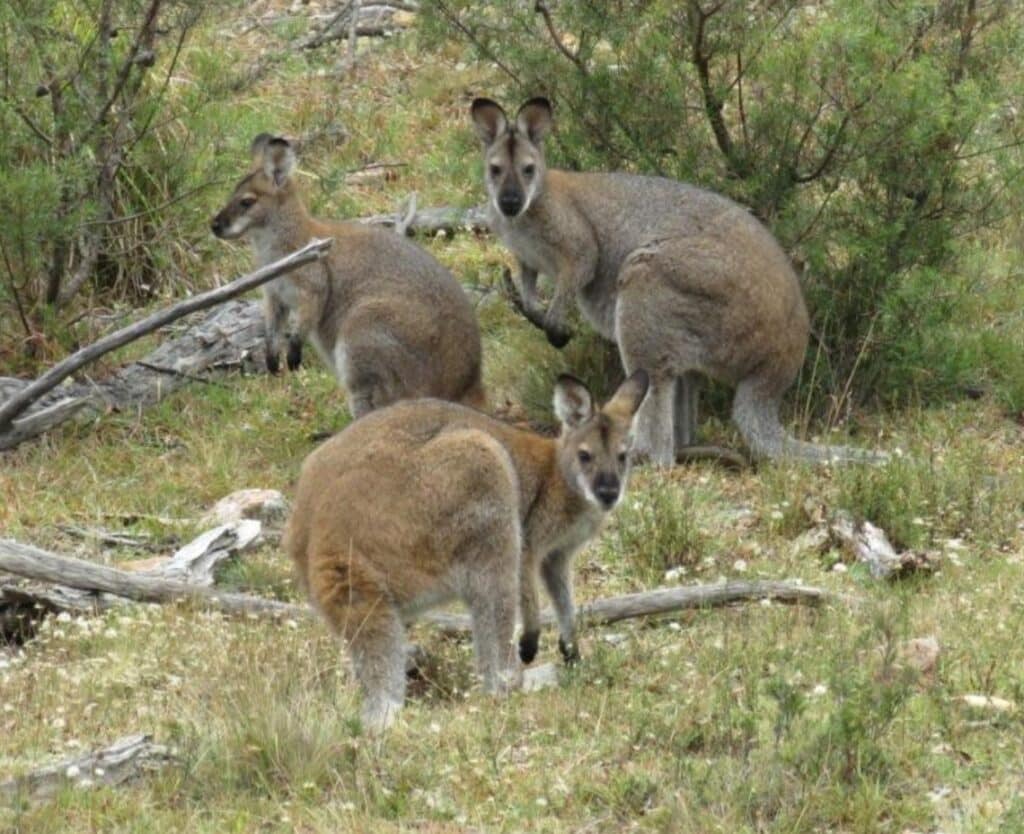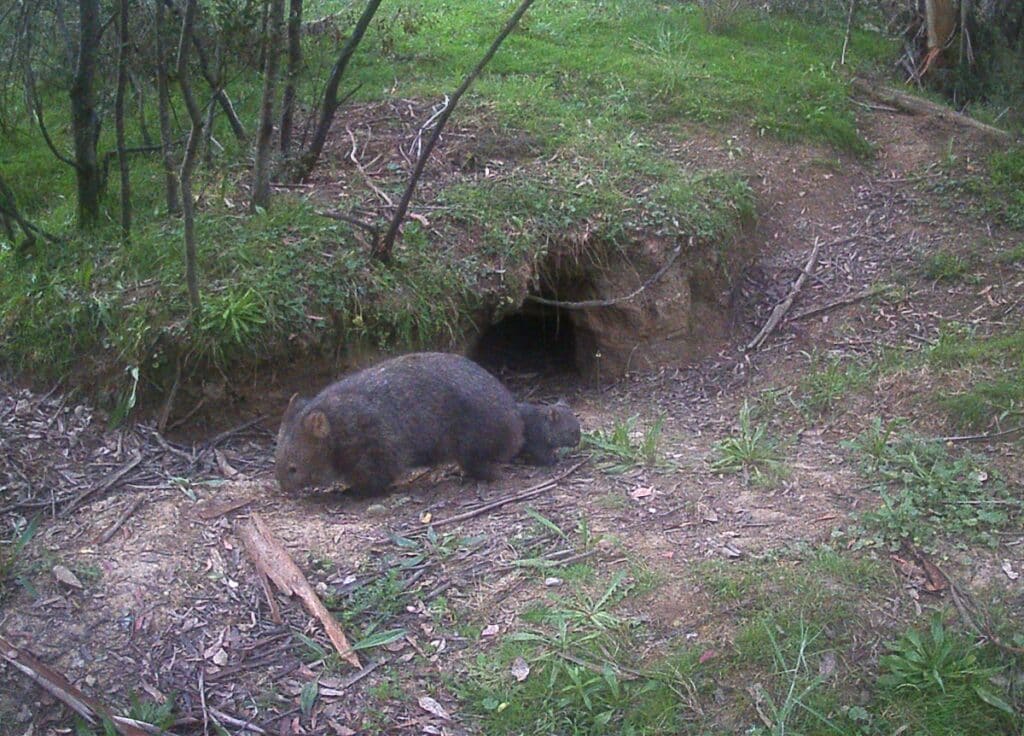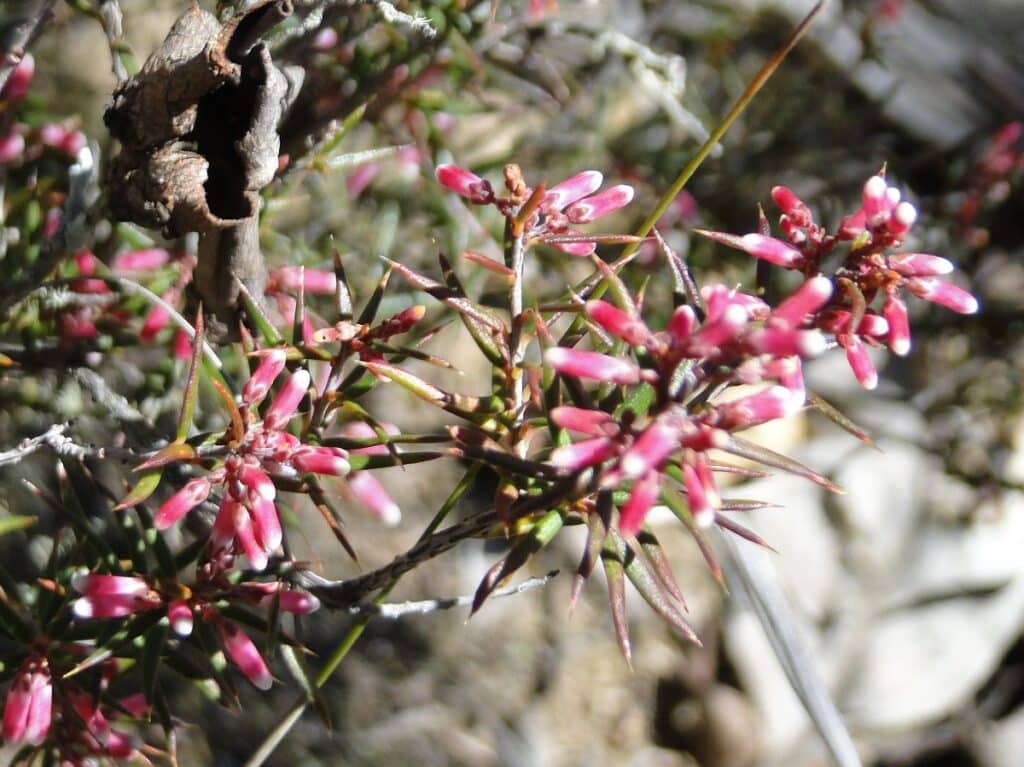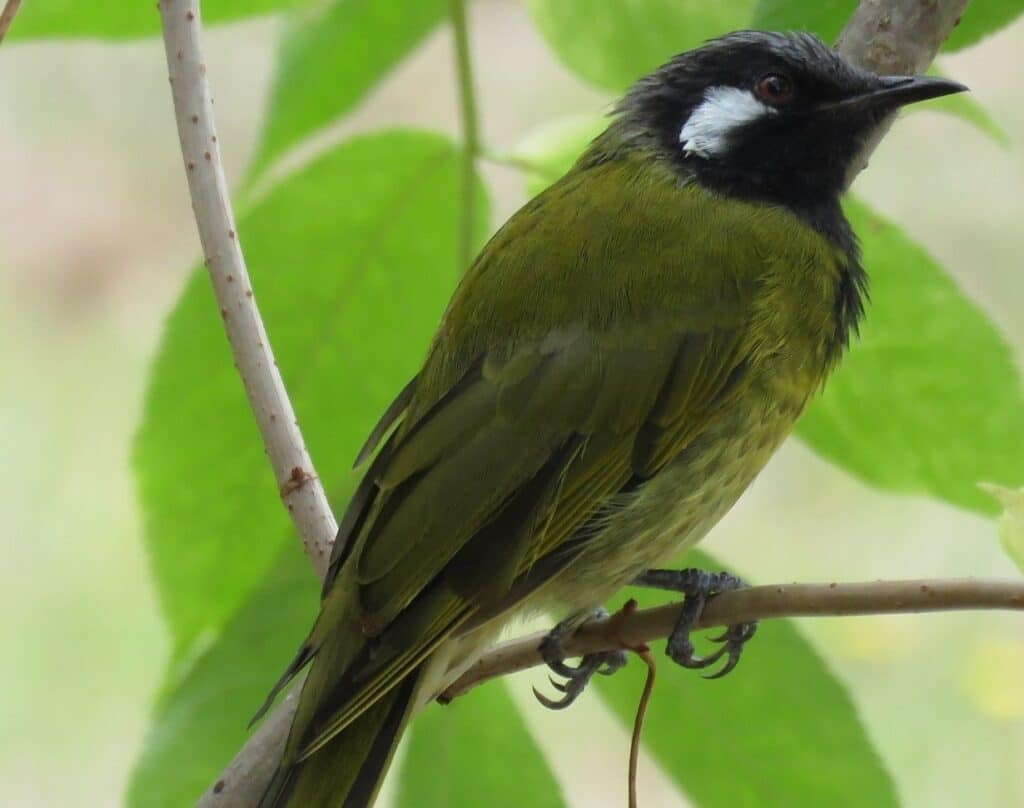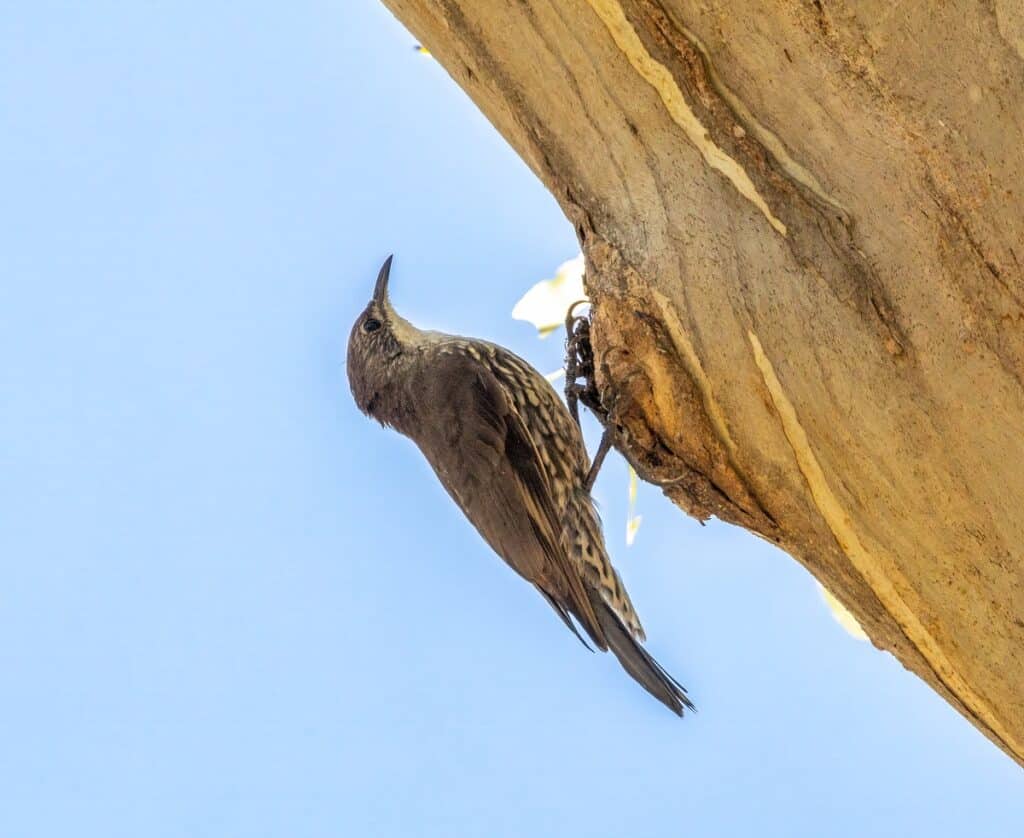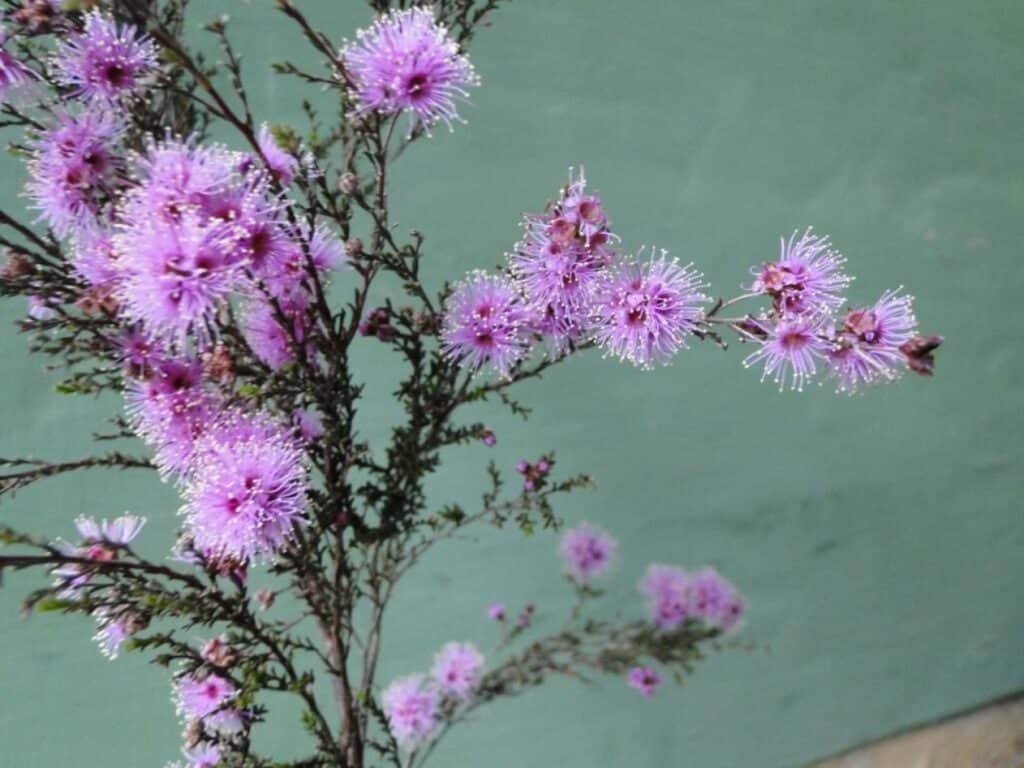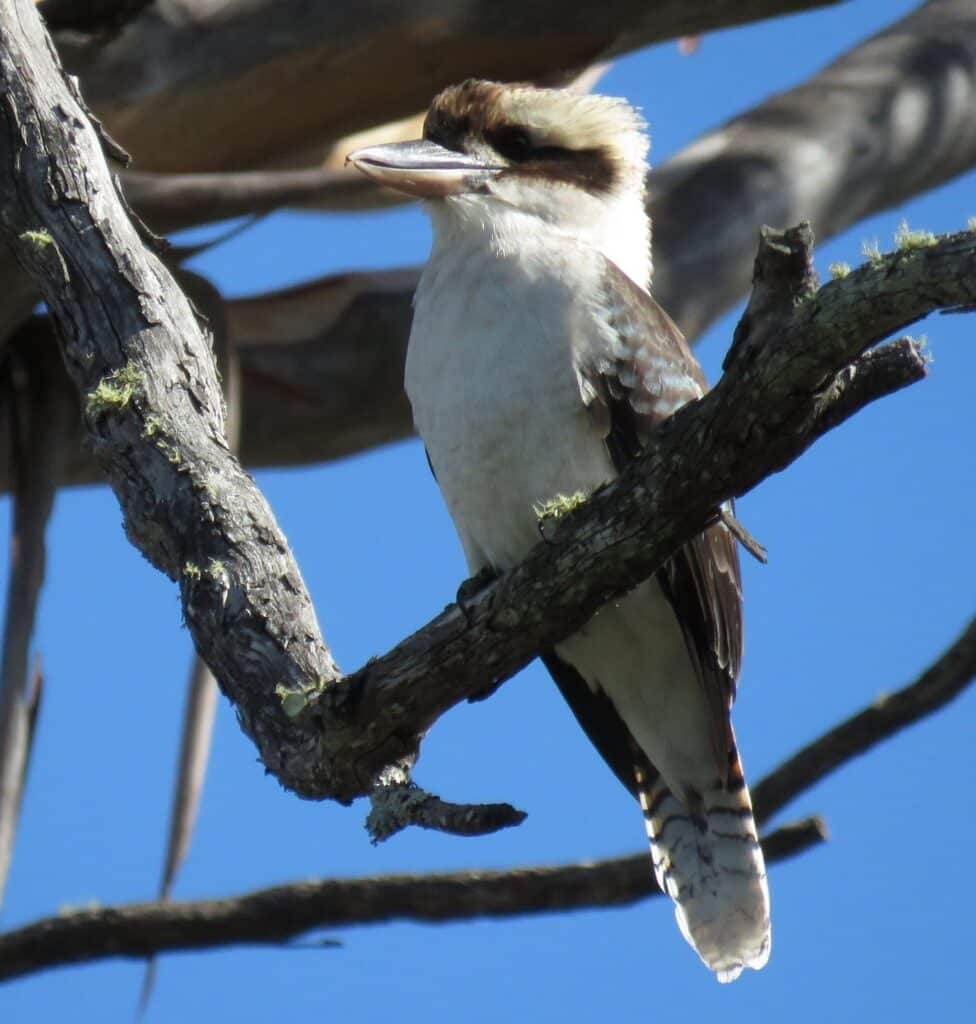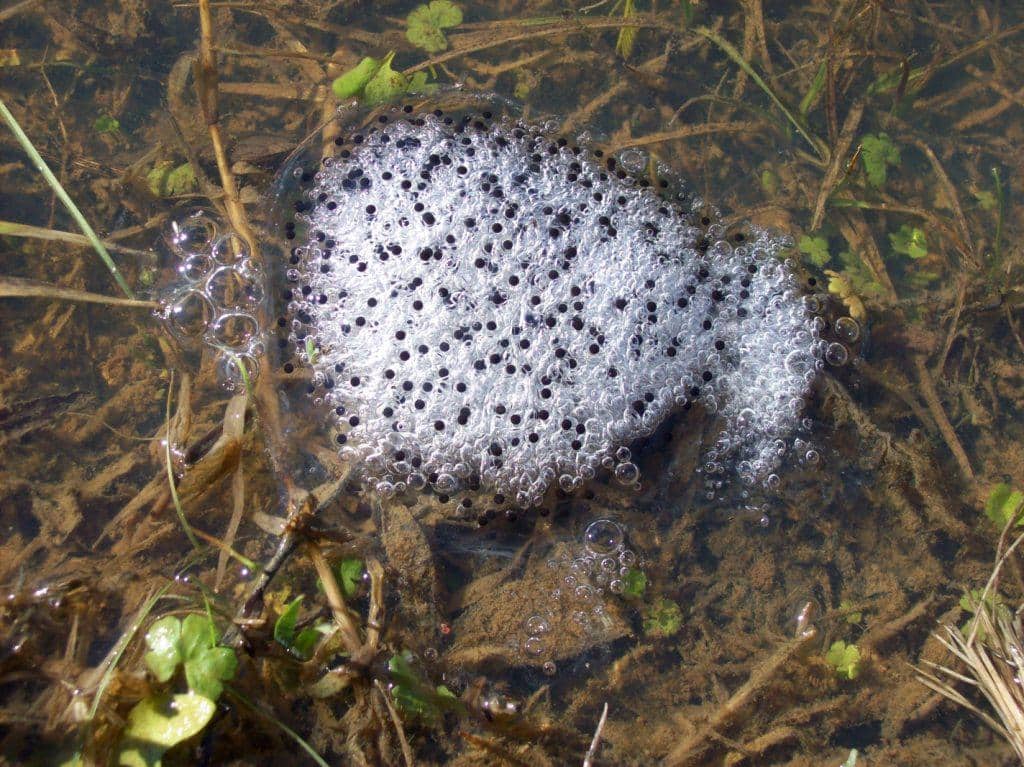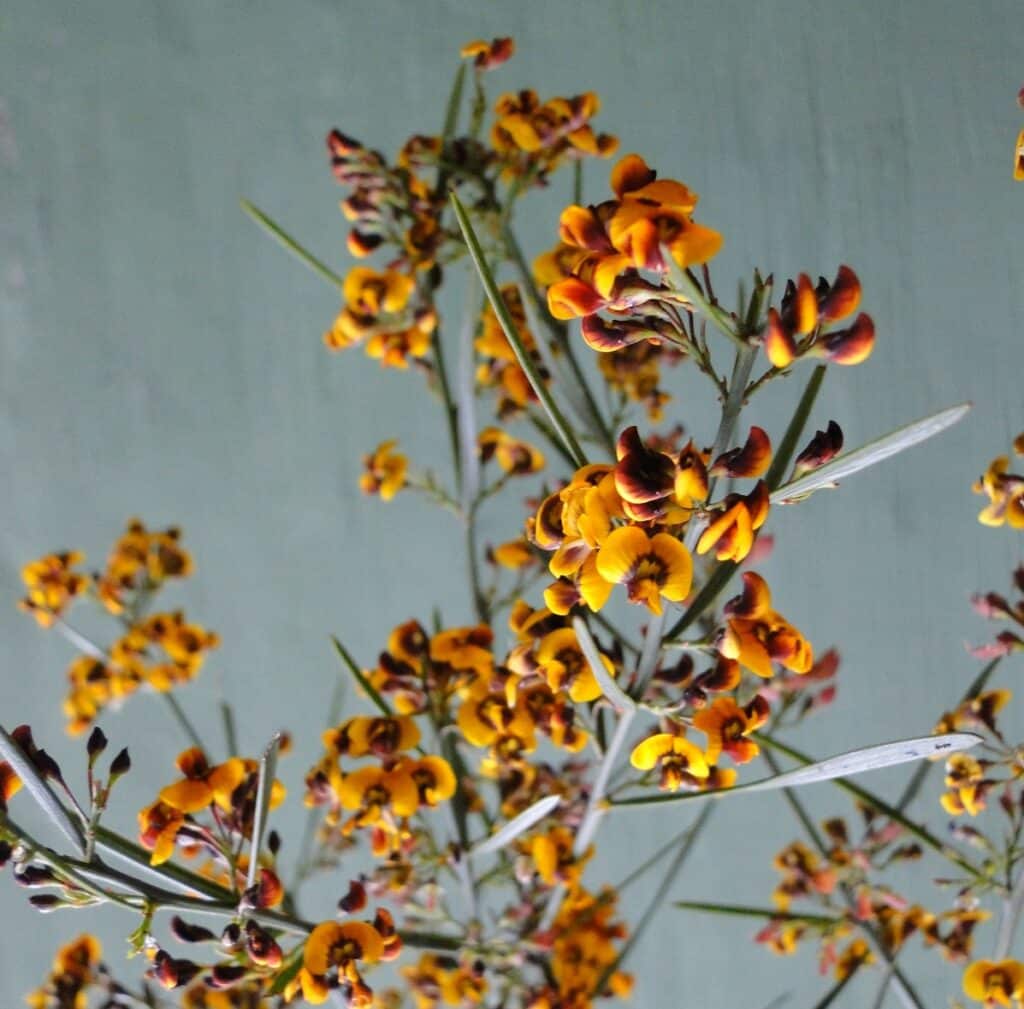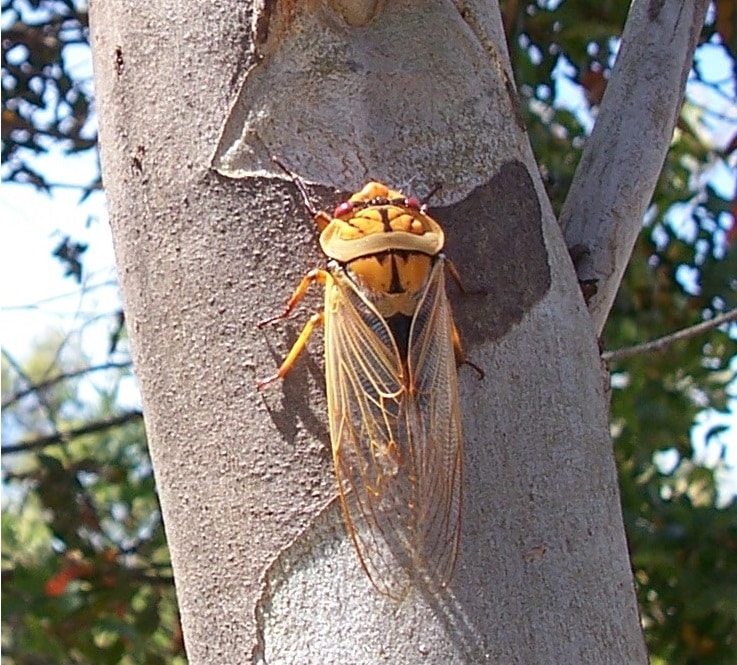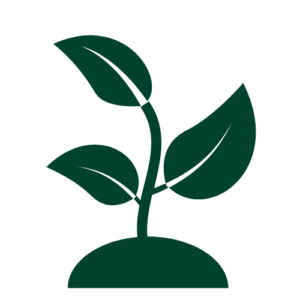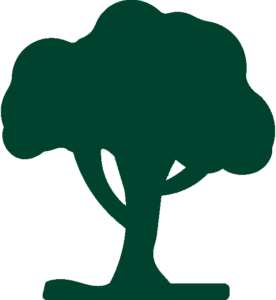Henry Detjen is the owner of Wombat Hollow, a property situated in Windellama, approximately 50km south of Goulburn, New South Wales. The property is a dedicated wildlife sanctuary, also used for recreation, and it is Herman’s intent to maintain it for these purposes. The land is permanently protected with a Conservation Agreement and is currently for sale.
The property covers 72.88 hectares within a valley, straddling an ephemeral creek and with frontage to a larger permanent creek. Originally a sheep grazing property, the land has undergone rehabilitation since 1988 with significant erosion control and replanting projects and is now comprised of regrowth dry sclerophyll forest interspersed with open areas of native tussock (Poa labillardierei), kangaroo (Themeda triandra) and wallaby (Austrodanthonia spp.) grass.
The property is comprised of four major ridges facing in different directions and housing a variety of ecological communities. Dominant species include Argyle apple (Eucalyptus cinerea), yellow box (E. melliodora), brittle gum (E. mannifera), forest red gum (E. tereticornis), red stringybark (E. macrorhyncha), black sallee (E. stellulata), cabbage gum (E. amplifolia), wattle and lomandra.
The property is home to a wide range of native species including eastern grey kangaroos (Macropus giganteus), red-necked wallabies (Macropus rufogriseus), swamp wallabies (Wallabia bicolor), common wallaroos (Macropus robustus), short-beaked echidnas (Tachyglossus aculeatus), brushtail possums (Trichosurus vulpecula), squirrel gliders (Petaurus norfolcensis), long-nosed bandicoots (Perameles nasuta), eastern pygmy possums (Cercartetus nanus), bush rats (Rattus fuscipes), brown antechinuses (Antechinus stuartii) and lace monitors (Varanus varius). The property is also home to an estimated 25-40 bare-nosed wombats (Vombatus ursinus), with over 100 wombat burrows identified.
The owner has also identified 68 native bird species, 200 floral species, 24 fungi species and 12 insects, including the neon cuckoo bee (Thyreus nitidulus) and Botany Bay diamond weevil (Chrysolopus spectabilis).



